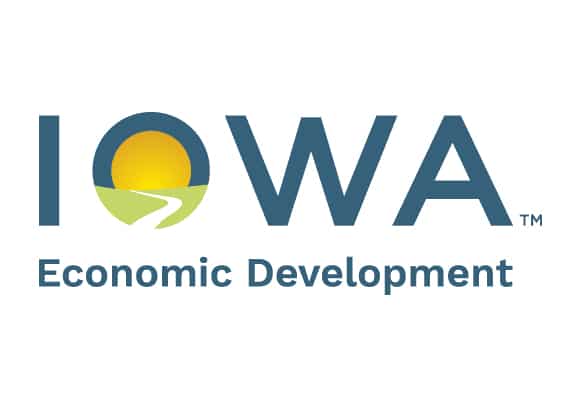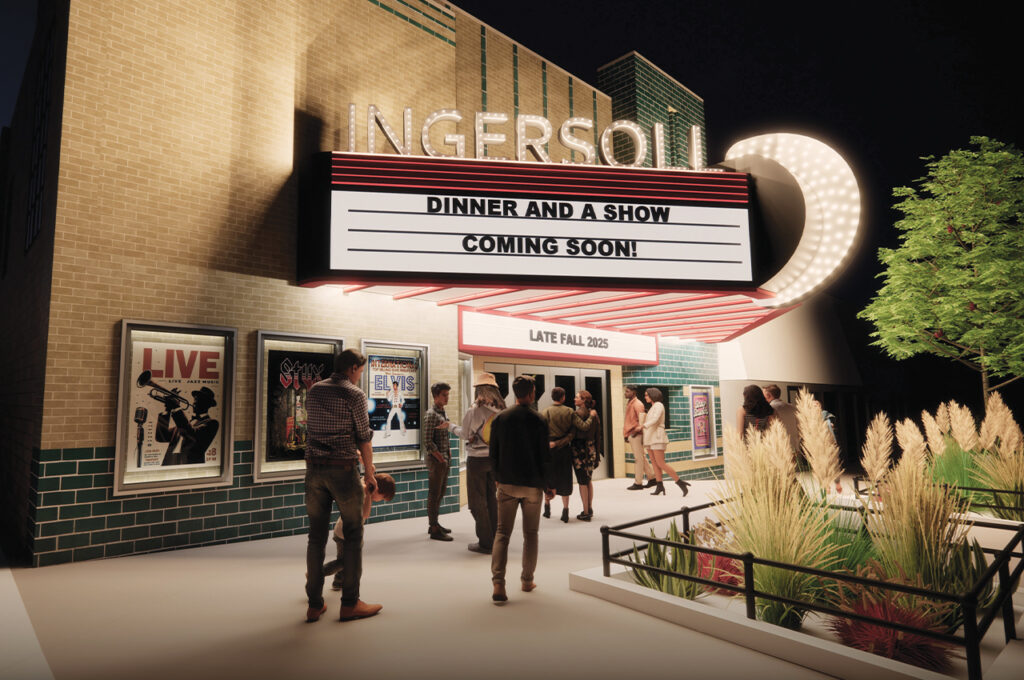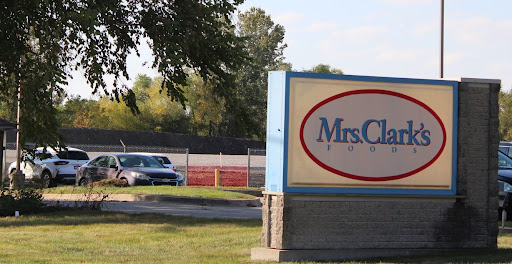Construction of new terminal could begin in 2024
Airport officials discuss challenges facing airport and need for new terminal

The Des Moines International Airport generates about $752 million a year in economic activity for the state, airport officials said Monday during a tour of the airport where they gave an update on airport improvements, including the airport terminal project.
Executive Director Kevin Foley gave an overview of the project to build a new terminal, expand the airport’s parking garage and build a new road to serve the airport during a media day event held at the airport.
The airport has struggled with capacity to handle increased air travel, which hit record levels in Des Moines in 2019, and a new terminal and related improvements are an integral component to continuing the economic development momentum the region has seen in recent years, Foley said.
He cited a recent report from the Iowa Department of Transportation’s Bureau of Aviation that showed the economic impact Des Moines International Airport has on the state, and Foley said the expanded terminal will increase that economic impact.
“This new terminal will allow us to continue to increase, or compete for additional airline service, whether that is new routes or maybe a new airline, to include cargo airlines, it allows us to compete for that service,” he said.
Foley said that competition keeps ticket prices low and provides additional nonstop destinations for passengers.
He said 43% of the airport’s passengers come from out of state or from another country, and “in order for those people to come in we need good connections to get them into Des Moines, and that’s part of the economic impact as well.”
The airport, the state’s largest, handles 65% of the state’s commercial airline traffic and 50% of the air cargo in Iowa.
The airport has experienced 67% growth in passenger traffic over the past 10 years, and has recovered from the severe dips that were seen during the pandemic. Facilities are severely constrained during peak times with the line to get through screening backing up to the escalator at times, and keeping people from stepping off the escalator, creating a safety hazard, Foley said.
He said airlines are having to continually adjust schedules, and the airport has run out of room to park aircraft overnight.
Des Moines International had nearly 2.7 million passengers pass through its gates in 2021. So far this year, 2.35 million passengers have traveled through Des Moines, a more than 35% increase compared to the same period in 2021.
Foley said projections are that the airport will surpass 5 million passengers by 2042.
The airport has opted to use a phased approach to the project to keep costs down as inflation rose and prioritize the most important functions in the first phase while considering options for using the existing terminal. The first phase will include building a new terminal to the north of the existing one, and connecting to the current C Concourse. Construction could begin as early as 2023, but more likely in 2024, Foley said.
That, combined with the cost of the parking garage expansion, will total an estimated $466 million.
But the airport has secured just a little over $343 million in funding, leaving a shortfall of about $122 million, Foley said.
“And we’re still in search for that. We’re still looking at avenues or ways to acquire that,” Foley said.
The airport has a combined $224 million in cash reserves and bonding authority. Regional municipalities and governments have committed $28.6 million, and the airport has received $58.7 million from the American Rescue Plan Act that was allocated to Iowa and awarded by Gov. Kim Reynolds. It has also received $27 million over five years from the bipartisan infrastructure bill’s airport improvement grant program, and $5 million from the bill’s terminal improvement grant program.
Foley said there is additional federal funding that the airport has applied for but it’s unknown if any of those requests will be approved.
Foley also took reporters on a tour behind the scenes of the airport’s operation, including the TSA baggage screening area and the basement of the terminal, which contains the mechanicals of the airport, storage, technical components, the area where flammable materials seized from baggage are stored, and seldom-used freight elevators.
“The general public doesn’t get to see behind the scenes very often and see some of the struggles we’re dealing with and why we think we need a new terminal,” Foley said. “The main reasons are for economic development, bringing in new airlines and treating passengers the way they need to be treated, but there are also some operational issues that are the result of adding on and adding on over the years to the existing terminal. We’ve given the existing terminal a facelift, we’ve put a new skin on the existing bones but the bones are still very old and need some updating.”
He said it’s those behind the scenes things that can slow down the passenger experience.
“It’s behind the scenes things that can slow the processing [of passengers] down or affect the decision of airlines whether they’re going to increase service to Des Moines or possibly for a new airline to come in,” Foley said. “That has a tremendous impact. The general public, we don’t want them to think about the airport when they’re coming out. We just want it to be a nice, easy process for them, but if we can’t accommodate a new airline that wants to come to Des Moines, then we become a barrier to increased competition.”
The airport is facing multiple challenges in seeing the airport improvement project through to reality, Foley said.
“We’ve got a growth factor. We’ve got an inflation factor, and just about the time that we’re starting to look at issuing bonds to build a new terminal, we have interest rates that are going up,” he said. “So we got hit with kind of a triple whammy there.”










